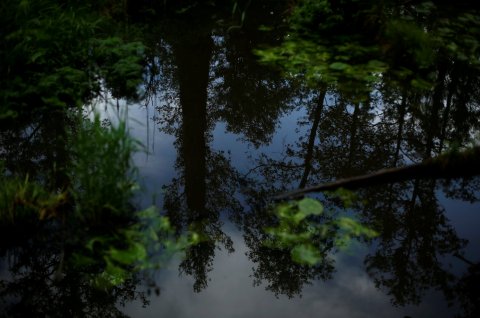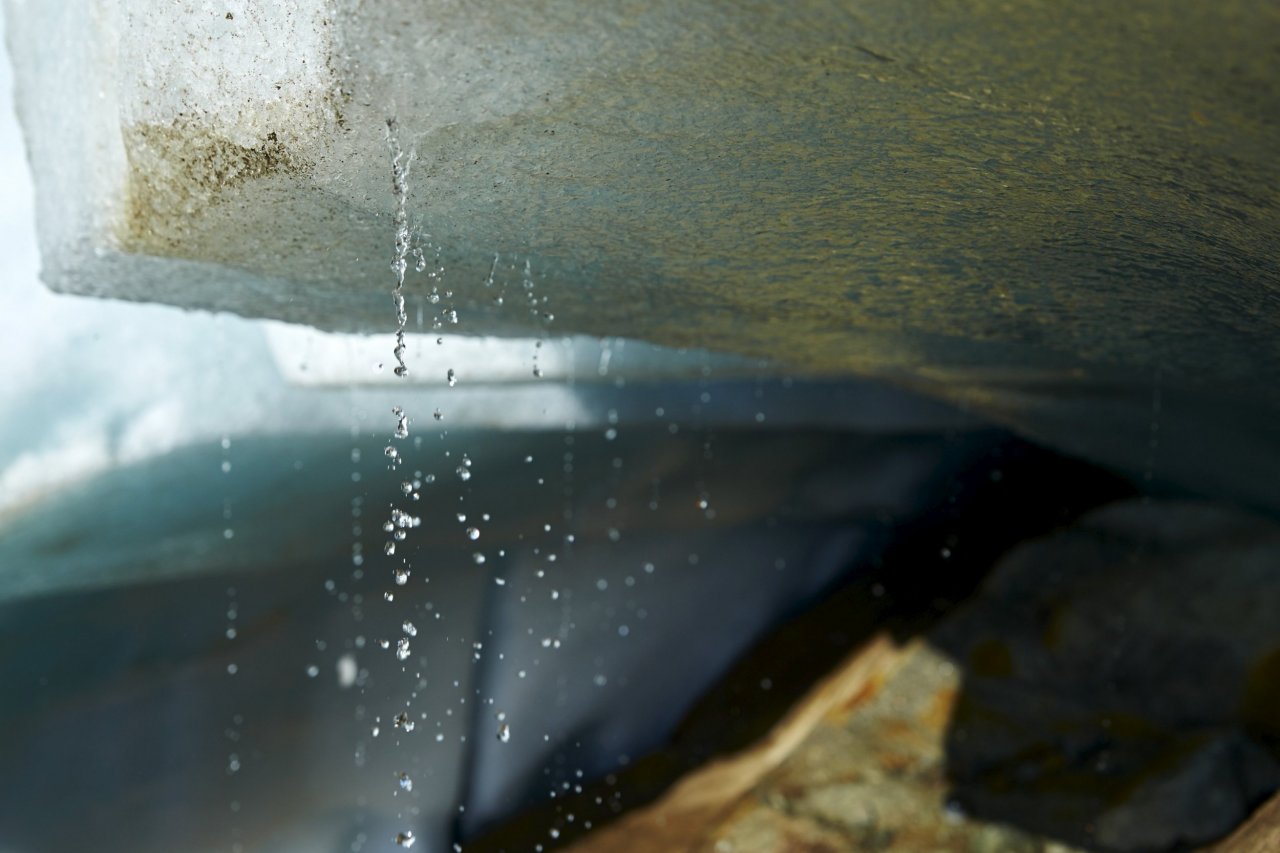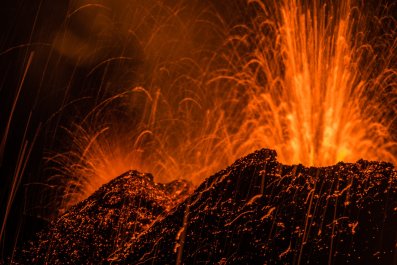The deep, dark depths of the ocean are often called the final frontier—but, according to one researcher, the soils of the Earth are little understood as well.
Some of the soil's mysteries could reveal how to store carbon, and maybe one day, carbon dioxide—a key greenhouse gas that is causing global temperatures to reach record-breaking temperatures. In a study published on Monday, Marc Kramer, an assistant professor of environmental chemistry at Washington State University Vancouver, digs deeper into what scientists know about soil, particularly uncovering how soil minerals are associated with carbon storage in soil.
"We know more about the surface of Mars than we do about either oceans or soils on Earth," Kramer said in a statement.
His study, published in Biogeochemistry Letters, revealed that carbon can be stored in soil minerals over a foot beneath the Earth's surface in what are known as "carbon sinks."
Soil is able to store three times the amount of carbon found in the atmosphere, but making the connection between that fact and how to reduce carbon dioxide levels in the air is hardly understood. In a previous study, Kramer found over half of the global soil carbon pool is stored over one foot deep into the soil, and is largely associated with minerals. The latest study deepens that finding—examining how minerals control nitrogen and carbon.
This type of research that Kramer and other scientists have been building upon is ideal to tailor farming and other practices in order to keep carbon out of the atmosphere. In Kramer's 2015 study, farmers were able to raise the carbon levels in their soil to that of native forest soils in just six years after switching to management-intensive grazing practices. Those soils, his examination showed, had a 75 percent increase in carbon.
"I would call it radical, anytime you can get that much carbon in the system that quickly," he said.

His findings indicate that soil could help to trap carbon dioxide. But how the soil can absorb carbon has been a difficult question. In 2016, researchers published another study that found the soil's ability to absorb carbon was wildly overestimated. Eventually, reported The Guardian, the soil will become a carbon sink, but not for hundreds or even thousands of years. It is not a short-term solution, and the lead author of that study said more proactive action to mitigate climate change, such as decreasing fossil fuel emissions, would be more effective.
Soil, though it can store carbon, has also been found to release pulses of carbon dioxide as its temperatures rise. Scientists heated the ground of forest plots several degrees warmer in an experiment conducted over 26 years, and found that the carbon released from the soil increased dramatically.
Nevertheless, understanding how the soil stores carbon can help scientists understand how to keep carbon in the ground while continuing to produce food and fiber. And that understanding will only become more relevant as time goes on. As Kramer said, "Don't forget, we need to double food production in the next 40 years."















